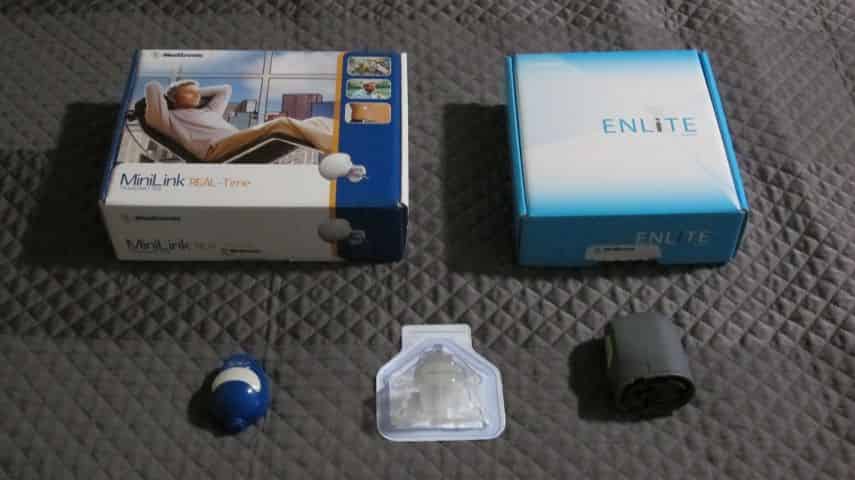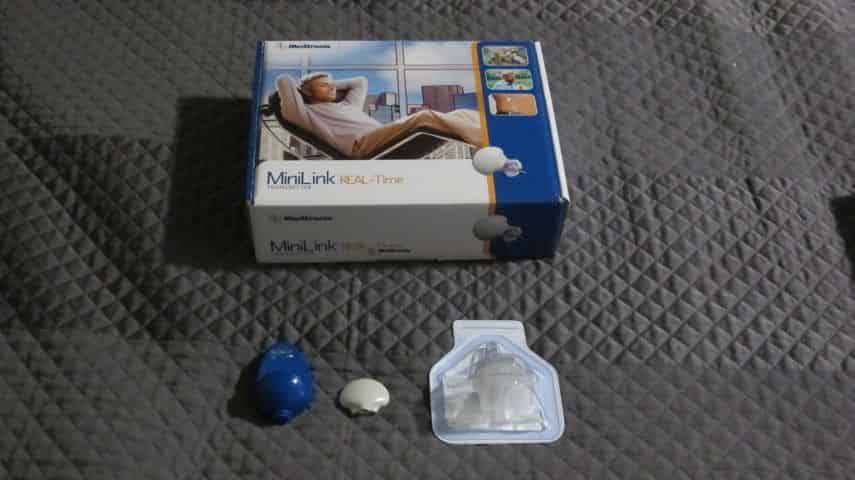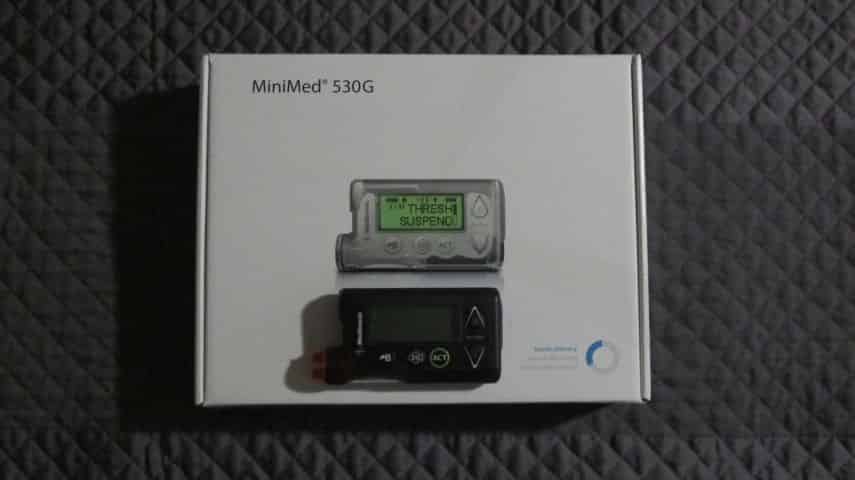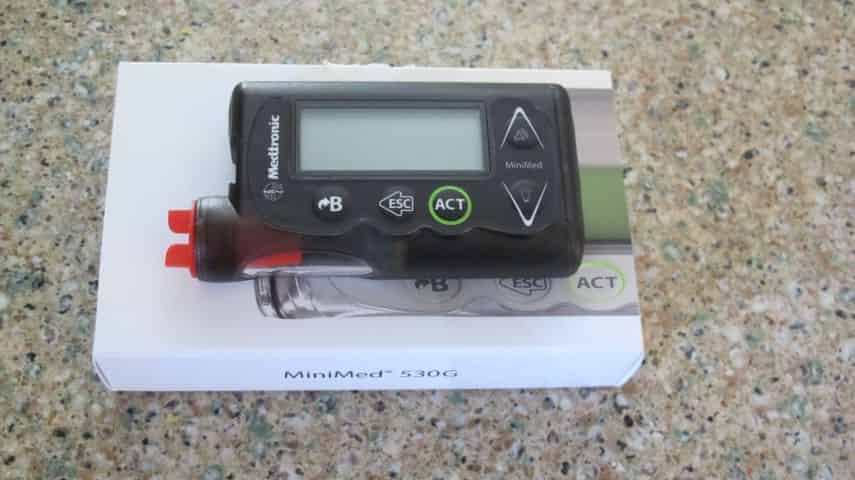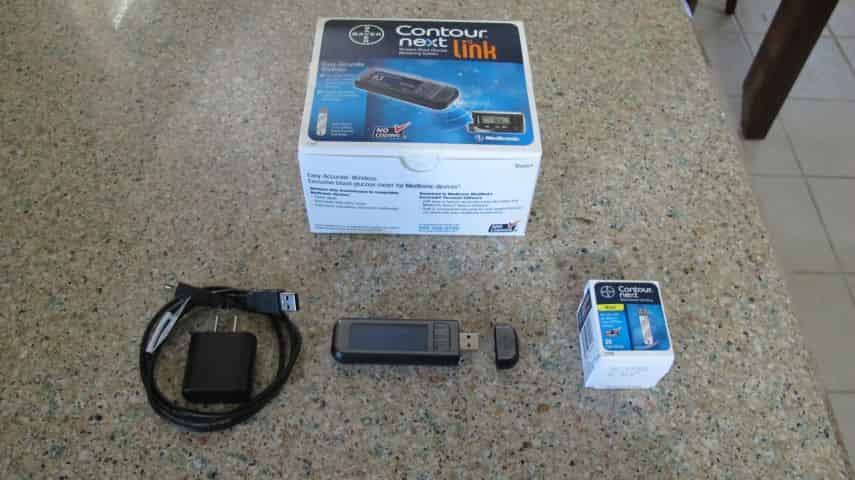I’ve always considered myself as an early adopter of anything technological. However, that’s never been the case with the treatment and management of my Type I Diabetes, ages ago when my primary care physician and my endocrinologist both suggested that I start using an insulin pump, I resisted. I tend to be a creature of comfort and routine, and I’d grown comfortable with the routine of managing my Diabetes. I must also admit there was probably a vanity component, I was hesitant to be tethered to an insulin pump almost all of the time. To this day, it gets under my skin when someone unwittingly teases me for still using a pager in our age of smart phones. The conversation that follows is always uncomfortable both for myself and the poor person who thought they were just doing some good-natured ribbing.
All that being said, I’m glad that I switched to using the insulin pump all those years ago. It has given me a much finer control over dealing with the fluctuations of everyday life that I didn’t really have before. Since starting pump therapy, I have been hoping that additional advancements would be made to enhance the functionality of the pump. Continuous Glucose Monitoring (CGM) would seem to be that next step in that process.
Again, I’m not an early adopter of continuous glucose monitoring. Primarily because of the same reason, I’m somewhat comfortable in my routine and I haven’t really seen the benefit in attaching another device to my body and wearing it around. I have also been a bit disappointed that CGM is not a replacement for your traditional blood-glucose testing. If anything, the CGM adds additional finger pricks to your daily routine and doesn’t eliminate them.
What I’m very interested in and like about the Continuous Glucose Monitoring is that it’s going to give me and my doctors quite a bit of data to look at. Even though you still need to use finger-pricks and your glucometer for any kind of treatment decision, I feel that the CGM will be valuable in helping me identify trends and adjust my insulin delivery to tighten control of my blood sugar over the long run.
Initial Impressions
Medtronic, the maker of my insulin pump, contacted me recently about my Paradigm 722 going out of warranty and asking if I wanted to try out their latest insulin pump. Naturally, I was pretty interested in the advances since my previous pump. I had been advised that prior iterations of CGM had required that you insert the device at a 45-degree angle, and I’d read that this could be problematic and a tad bit uncomfortable. The Paradigm 722 uses the CGM sensor that I had read about. Nonetheless I decided it was worth trying out regardless and only ordered 1 month’s of supplies in case I found it uncomfortable.
There was some confusion (at least on my part) in the ordering process. When Medtronic first contacted I ordered a new pump, the MiniMed Revel. Shortly, after I received my MiniMed Revel and before I even started using it Medtronic contacted me again about upgrading me to the latest pump, the MiniMed 530g. At the moment I’m writing this, there are three different insulin pumps in my house. It’s been a bit confusing, but I’m glad Medtronic went to the effort to make sure I had the latest insulin pump. I would’ve been very disappointed if I was stuck a generation behind.
Overall, I was pretty pleased with how Medtronic contacted me, shipped the insulin pumps quickly and got training set up. Because of their speedy process, I was up and using the new pump and Continuous Glucose Monitoring in just over one week from their phone call about the MiniMed 530g.
Training
Before my pump even arrived, Medtronic contacted me and set me up with a training session in the area to review the new features of the pump especially, the Continuous Glucose Monitoring. That training took place early this week. There was also a ton of helpful material included with the insulin pump and continuous glucose monitoring packaging. Furthermore, my trainer recommended that I check out the Medtronic MyLearning classes to learn about the new pump and using it with the continuous glucose monitoring.
Having read over the material and skimmed through the online training, I really felt I had a pretty good idea about how everything needed to work and I was tempted to just give it a try on my own. However, the in-person training I did was still quite handy. The trainer had plenty of demo-sensors that we got to practice with. It was definitely advantageous to get to practice a bit before trying it out for the first time on my own.
CareLink
Medtronic also features a Diabetes-management software package that they call CareLink. It’s convenient in that it is web-based, but I’m a bit disappointed there’s not some sort of alternative that I can use locally. I hate to seem a bit nutty, but that’s pretty personal information I’m not entirely sure that I want stored up in the cloud. I’m also disappointed that the site is not compatible with Google Chrome, my preferred browser.
My old Paradigm 722 works with the CareLink software, so I’ve tried using it in the past. At one point, it required a special USB adapter, which plugged into my glucometer and then talked to the insulin pump to pull the data down. Which was eventually replaced with a different glucometer and USB adapter that didn’t require so much connecting. I didn’t find either setup to be particularly convenient, and I didn’t exactly find the data all that compelling to make it worthwhile to use.
Hopefully, the data from the insulin pump, the CGM and the glucometer will be much more useful and valuable. If it is, I can see adding CareLink into my routine and to share that data with my doctors for the management of my disease. The range of options in CareLink is intriguing, and I especially like that I can export the data in a CSV format so that I could use that data elsewhere off-line. However, I’d still prefer if this were isolated to my own personal devices, and it’d be ideal if the glucometer included a Bluetooth feature that could communicate with my smartphone.
First Time
As I mentioned earlier, I took part in some training earlier this week. During the training we covered how to insert, set up and use the Medtronic Enlite CGM. By the time the class was over, each of us had inserted the sensor, paired the pump with a transmitter, and hooked the sensor up to the transmitter. Based on what I had read and heard about the prior generation of CGM, I was really pleased with how easy it was to insert/inject. The sensor is inserted at a 90-degree angle from your skin using a spring-loaded inserter, much like the infusion site. Additionally, the part that is inserted into your skin is noticeably softer and more malleable than the prior CGM sensors.
As far as the actual insertion and installation goes, it was slightly more difficult than changing the insulin infusion site and I’m sure that my years of pump use has probably made that seem pretty mundane. Inserting and using the CGM sensor & transmitter is not any more uncomfortable or painful than the infusion site is. There’s are a couple more steps to insert the CGM and get it working, but you get to wear it for up to six days as opposed to the infusion site’s three. In terms of discomfort and difficulty, I think they’re pretty equivalent. Based on my research into prior generations of CGM and what word of mouth I’d heard, this is a marked improvement.
When I got home from training, I went ahead and set up my MiniMed 530g and got it going. Other than changing a few of the menu prompts to rewind, prepare and prime the insulin pump, there wasn’t really anything new or exciting to report. This is largely unchanged from my very first insulin pump. The new menu prompts are a bit more user-friendly. There are also a bunch of alerting options related to the CGM sensor and other pump functions that I’ve tinkered with a little bit and will continue to adjust and use them as I have more experience with the MiniMed 530g.
Next Steps
My plan is to accustom myself to wearing the CGM along with my insulin pump 24/7 for the next couple months. I want to evaluate whether it’s better to use it every day, or to use the CGM periodically to help adjust my pump settings from time to time. Thankfully, my insurance covers the CGM, but I still anticipate doing some calculations to find out how much it’ll wind up costing me to use it constantly. I’m planning to write a follow-up blog in a couple weeks or so to talk about my experience and to share some of the data that I am able to extract from the pump via CareLink.



